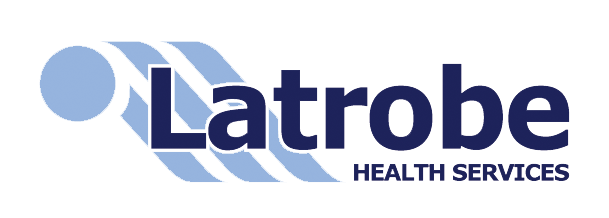

Thanks

Exercise Physiologist, Personal Trainer
I would certainly recommend a personalised rehabilitation and strength session. I have had great results with such patients when focusing on strengthening their thoracic and scap regions, core strength and gluteal strength in particular. Also having a bit focus on flexibility and mobility and a good program will encompass all aspects.
You must be a HealthShare member to report this post. to your account or now (it's free).
Thanks
Osteopath
In adults Pilates is excellent for scoliois - it will improve the mechanics of the back & reduce pain from overworked muscles. In children because they are still growing the possibilities to reduce the scoliois are much greater, again pilates & exercise are good. However, osteopaths & chiropractors can really help in this area. The key is for your therapist to find out what is causing the scolioisis. It is said that 85% are of unknown cause, but a good physical examination can often root out the cause. Two of the most common causes I have seen when working with patients is a misaligned pelvis (often due to a fall onto the tailbone) or misalignment of the bones in the cranium, often due to trauma during birth. Then the scoliois develops as a compensation
My advice is find a therapist who is familiar with treating scoliois & discuss your problem with them, if what they tell you makes sense go for treatment. If it is a child who has the problem, then the sooner they get treatment the better, just ensure the therapist specialises in treating children.
You must be a HealthShare member to report this post. to your account or now (it's free).
Thanks

Chiropractor
Scoliosis is a condition that has significant awareness in the general population, although it is not accompanied by much understanding in the underlying mechanisms that bring about abnormal spinal curves. As such, there has been considerable room for treatment strategies that are unproven or even dis proven.
More recently, there has been a shift in scoliosis research towards brain based models. There is an amassing evidence suggesting that a sensory disorder may be the primary component of abnormal spinal curvatures. Proprioception (joint position sense) appears compromised in those suffering from idiopathic scoliosis along with impaired static balance and postural control. Furthermore, integration of visual and vestibular signals appear compromised in scoliosis patients, leading to problems with control when our balance is challenged.
Because of the complexity of this system, it is difficulty to say that one specific treatment works best, as the central processing mechanisms can be stimulated and assisted in many different ways. This can be through exercises, manual therapy, multiple different styles of chiropractic care and even surgical intervention.
As our understanding of spinal deformity grows, so does the appreciation for the central neurological effects of treatments such as spinal manipulation. Far from being the simplistic mechanical model of realightment, this treatment of the spine appears to influence the neuraxis at many levels. Current research in New Zealand has begun to assemble a significant amounts of data that look into this and are finding that treatment directed at the cervical spine has dramatic effects on sensorimotor integration.
Unfortunately, even with this knowledge and the ability to improve posture, balance and symmetry of spinal musculature, there is a lack of predictability. Therefore, once again, my answer would be that there is no single text book answer to what treatment works the best as it is an individuals condition that must be looked at and treated this way…
Either way, as a final remark; it is definitely time to understand that previous theories of scoliosis being due to carrying the school bag on one shoulder has long outrun its course in this current day and age.
You must be a HealthShare member to report this post. to your account or now (it's free).
Thanks
Bowen Therapist
Scoliosis requires careful diagnosis to determine the location and extent of the condition. Once this has been established, a Bowen Therapist can treat the symptoms with very positive results. The relaxation of the muscles along the length of the spine and/or treatment of a misaligned pelvis allows the body to assume the correct posture. Each individual's response varies but excellent results can be achieved within the first three sessions.
You must be a HealthShare member to report this post. to your account or now (it's free).